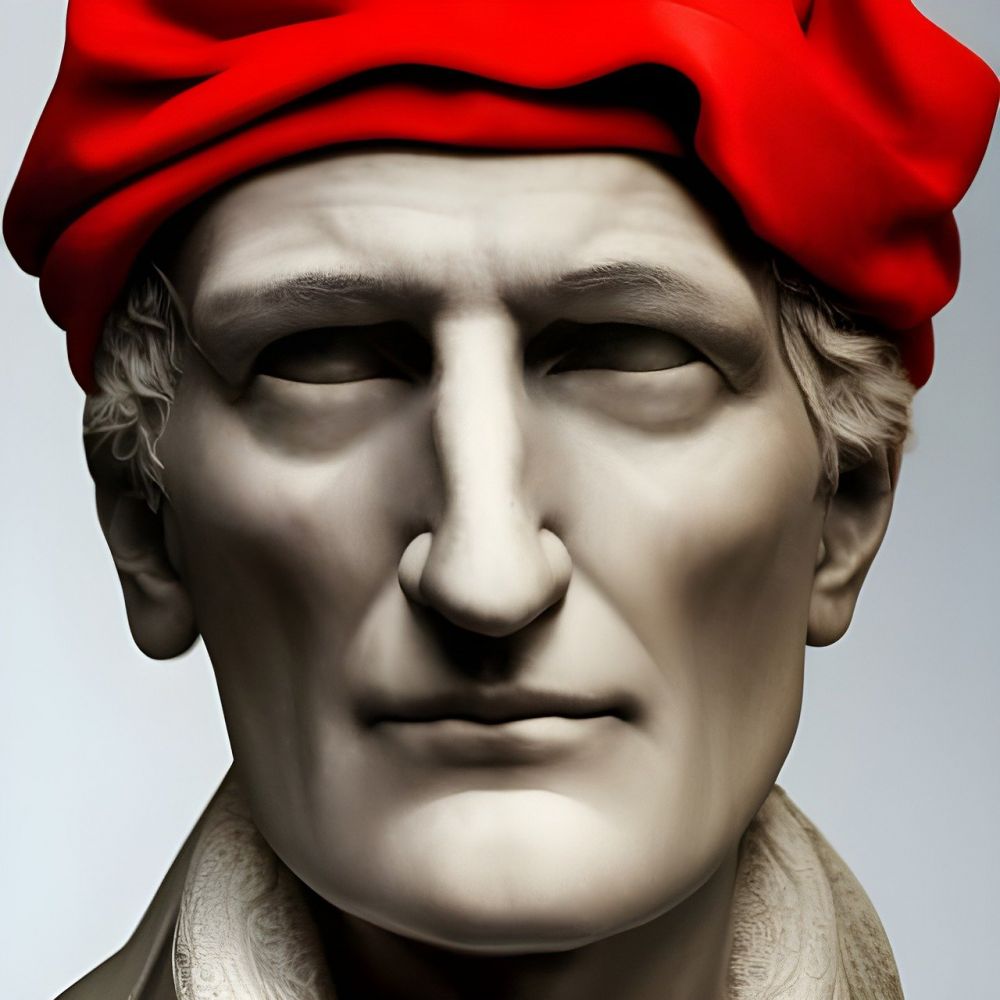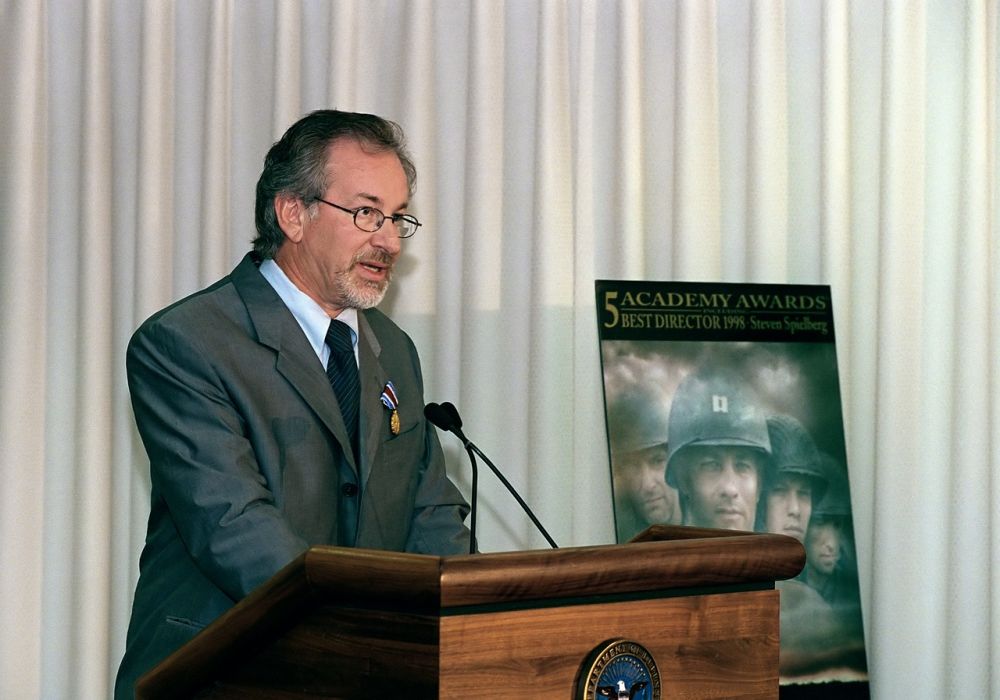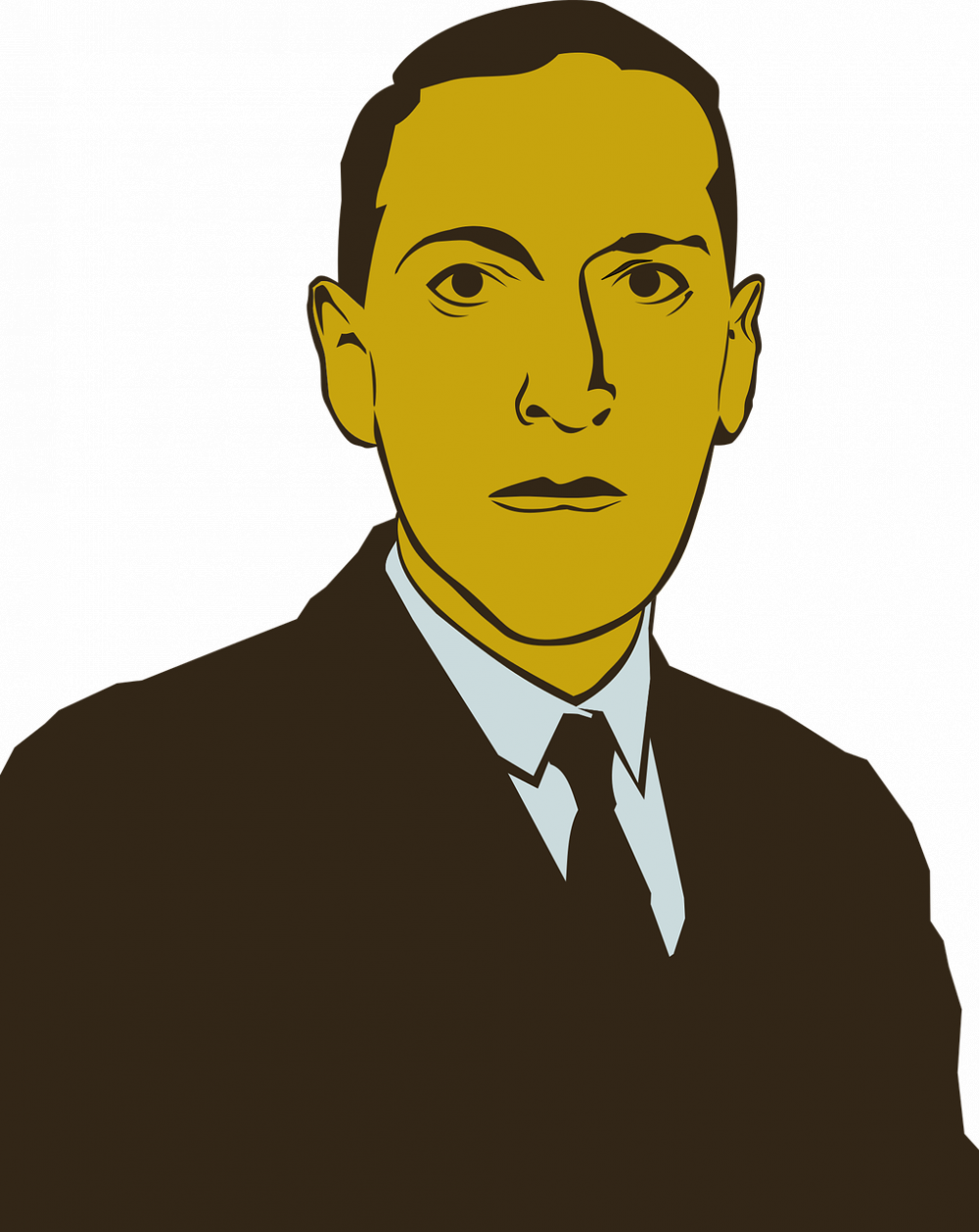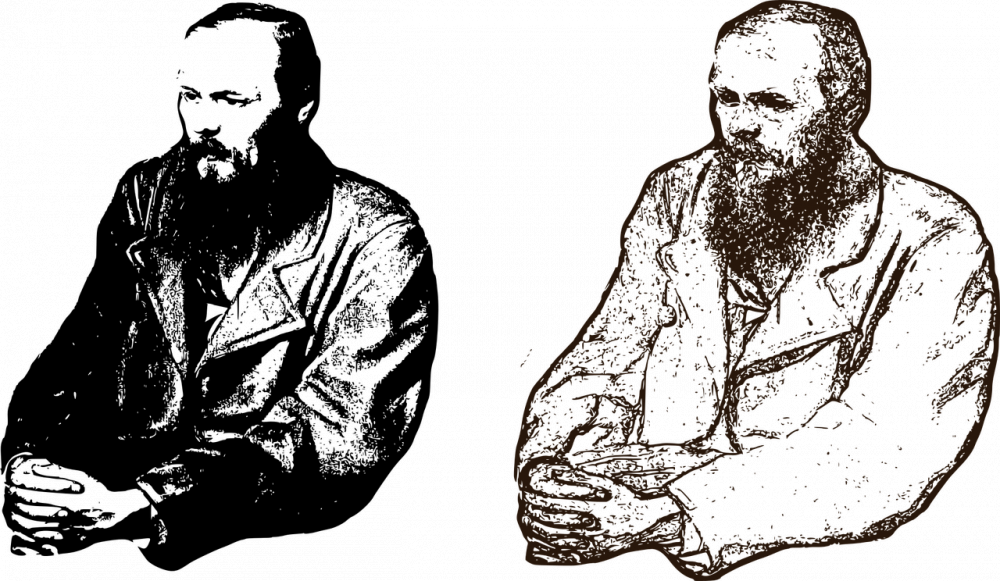Hans Christian Andersen The Fairy Tale Creator

Introduction: Unveiling the Iconic Storyteller
Hans Christian Andersen, born on April 2, 1805 in Odense, Denmark, holds a revered position in world literature as one of the most celebrated storytellers of all time. His extraordinary ability to transport readers into imaginative realms filled with wonder, fantasy, and life lessons has granted him an everlasting legacy. With more than 150 fairy tales, including timeless classics such as “The Little Mermaid,” “The Ugly Duckling,” and “The Emperor’s New Clothes,” Andersen’s works continue to captivate generations worldwide. In this comprehensive article, we delve into the life, historical impact, and astonishing contributions of Hans Christian Andersen to the world of literature. Get ready to embark on a journey fueled by enchantment and enlightenment!
Unraveling the Evolution of Hans Christian Andersen
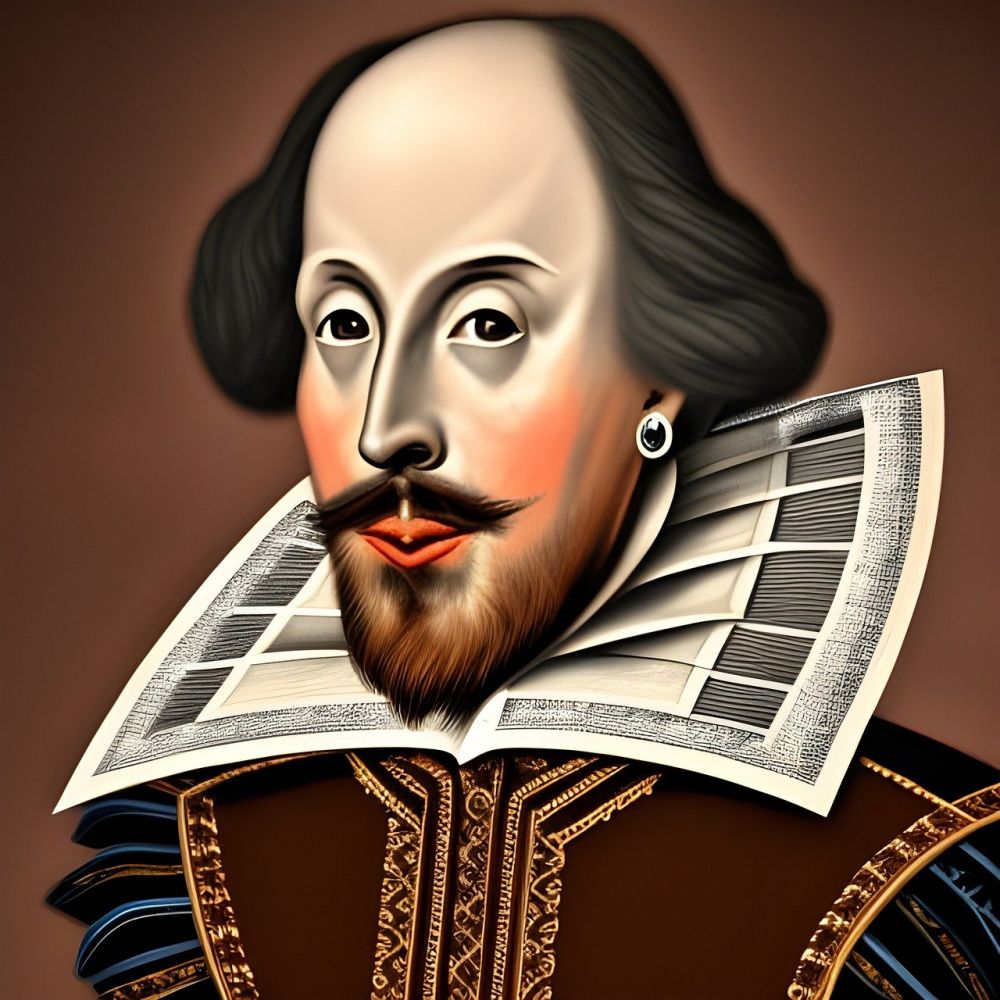
Andersen’s Journey to Literary Eminence [H3]
Born into a humble shoemaker’s family, Andersen faced numerous challenges throughout his early life. However, his unyielding passion for storytelling propelled him forward, leading to a series of fortuitous encounters that would eventually shape his career. Andersen’s talent for writing blossomed during his teenage years when he moved to Copenhagen to pursue an education. It was during this time that he caught the attention of influential figures who recognized his literary gift. With their support, Andersen’s first literary works, including the poem “The Dying Child,” began garnering recognition.
Dedication and Innovation: Revolutionizing Fairy Tales [H3]
Andersen’s fairy tales deviated from traditional folk tales by embracing contemporary settings and addressing social and moral issues. In a world consumed by rigid norms, his tales carried subtle and thought-provoking messages, allowing readers to reflect on their own lives and society as a whole. Andersen’s stories also broke convention by delving into the realms of the supernatural, granting inanimate objects and animals the ability to think and feel. This innovative approach breathed life into his tales, captivating both children and adults alike.
Andersen’s Lifelong Pursuit of Success [H3]
Through perseverance and an unwavering commitment to his craft, Andersen steadily rose to prominence as a literary figure. His breakthrough came in 1835 with the publication of “Fairy Tales Told for Children,” a collection that included iconic stories like “Thumbelina” and “The Princess and the Pea.” The book’s success propelled Andersen’s career forward, leading to international recognition and numerous accolades. King Christian VIII of Denmark even granted him a lifelong stipend, freeing him from financial constraints and allowing him to pursue his passion wholeheartedly. Andersen’s tales continued to evolve, captivating audiences with their vivid imagery and timeless wisdom.
Andersen’s Enduring Impact on Literature
Transforming Fairy Tales into Literary Masterpieces [H3]
Andersen’s enchanting stories transcend cultural boundaries, captivating readers of all ages and backgrounds. His tales emphasize the importance of kindness, resilience, and the pursuit of personal growth. Often drawing inspiration from his own experiences and emotions, Andersen infused his stories with heartfelt narratives that continue to resonate with audiences to this day. By challenging the traditional archetypes found in fairy tales, the Danish author paved the way for countless future writers to explore new dimensions of storytelling.
Literary Adaptations and Cultural Immortality [H3]
Andersen’s tales have not only been cherished in their original written form but have also transcended literature to become a part of various artistic mediums. Theater adaptations, ballets, and operas have brought his characters to life on stage, captivating audiences and immortalizing his imaginative world. In addition, numerous film adaptations, such as Walt Disney’s animated adaptation of “The Little Mermaid,” have breathed new life into Andersen’s tales, introducing them to new generations.
Hans Christian Andersen’s Legacy
Andersen’s Literary Influence and Cultural Recognition [H3]
Andersen’s impact on literature extends far beyond the realm of fairy tales. His meticulous storytelling, ingenious metaphors, and empathetic themes have inspired countless authors and poets throughout history. Renowned writers like Oscar Wilde and Charles Dickens recognized his craft and even referred to him as a master storyteller. Andersen’s contributions to literature have been widely recognized, with numerous awards and honors bestowed upon him posthumously.
A Timeless Treasure for Art Enthusiasts and Collectors [H3]
For art enthusiasts and collectors, Hans Christian Andersen’s works hold immense value. The original manuscripts and first editions of his fairy tales are highly sought after, commanding significant prices at auctions and in private collections. Owning an authentic piece of Andersen’s literary history is not only a testament to his enduring legacy but also a cherished treasure that connects collectors to the magical worlds he created.
In conclusion, Hans Christian Andersen remains an icon in the world of literature, enchanting readers with his timeless fairy tales and profound narratives. From his humble beginnings to his transformation of the fairy tale genre, his impact on literature and culture cannot be overstated. As we continue to embrace his stories, we not only delve into magical realms but also gain valuable insights into the human condition. Andersen’s legacy will forever stand as a testament to the power of imagination and storytelling, transcending generations and captivating the hearts of art enthusiasts and collectors.

